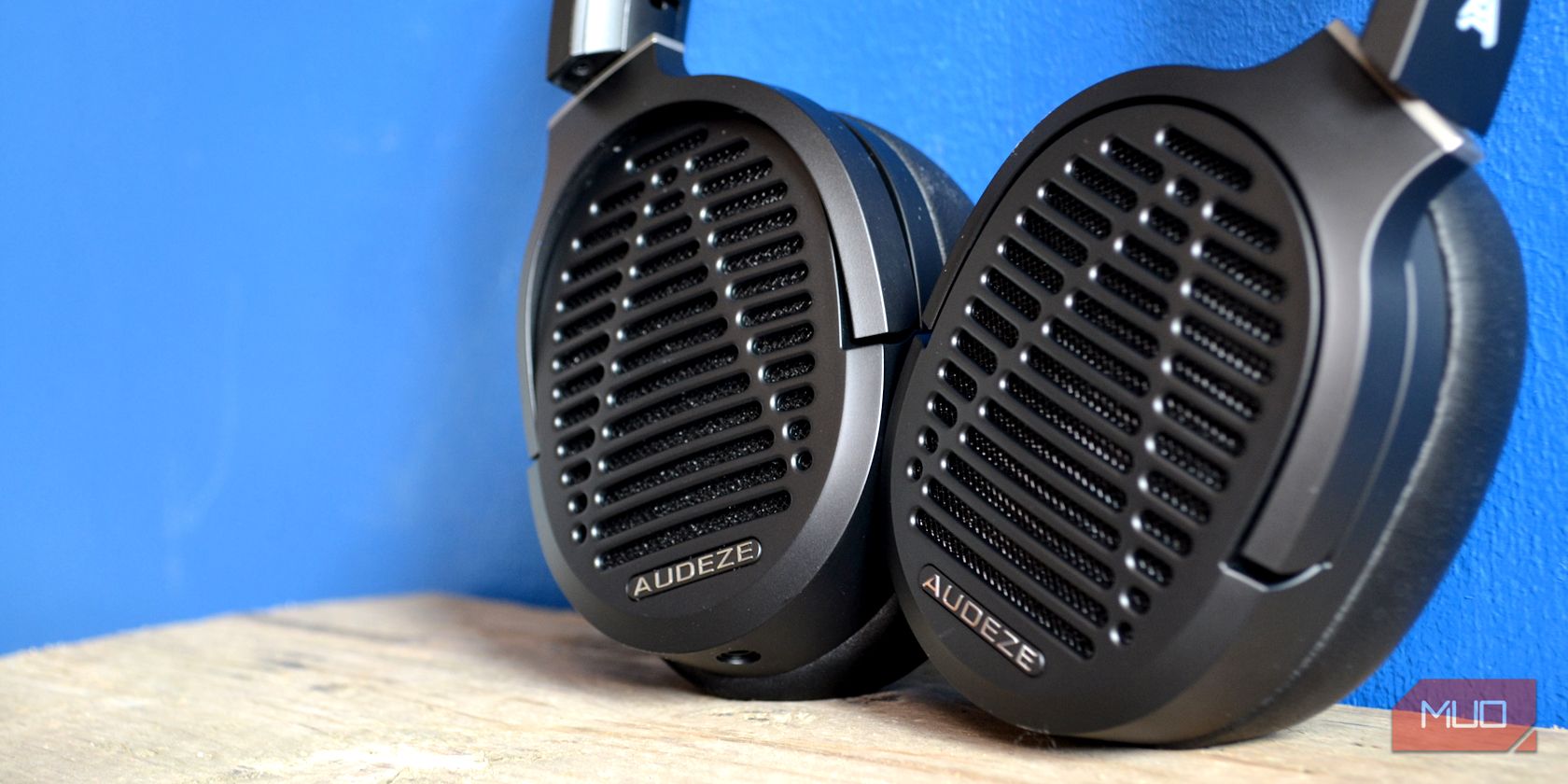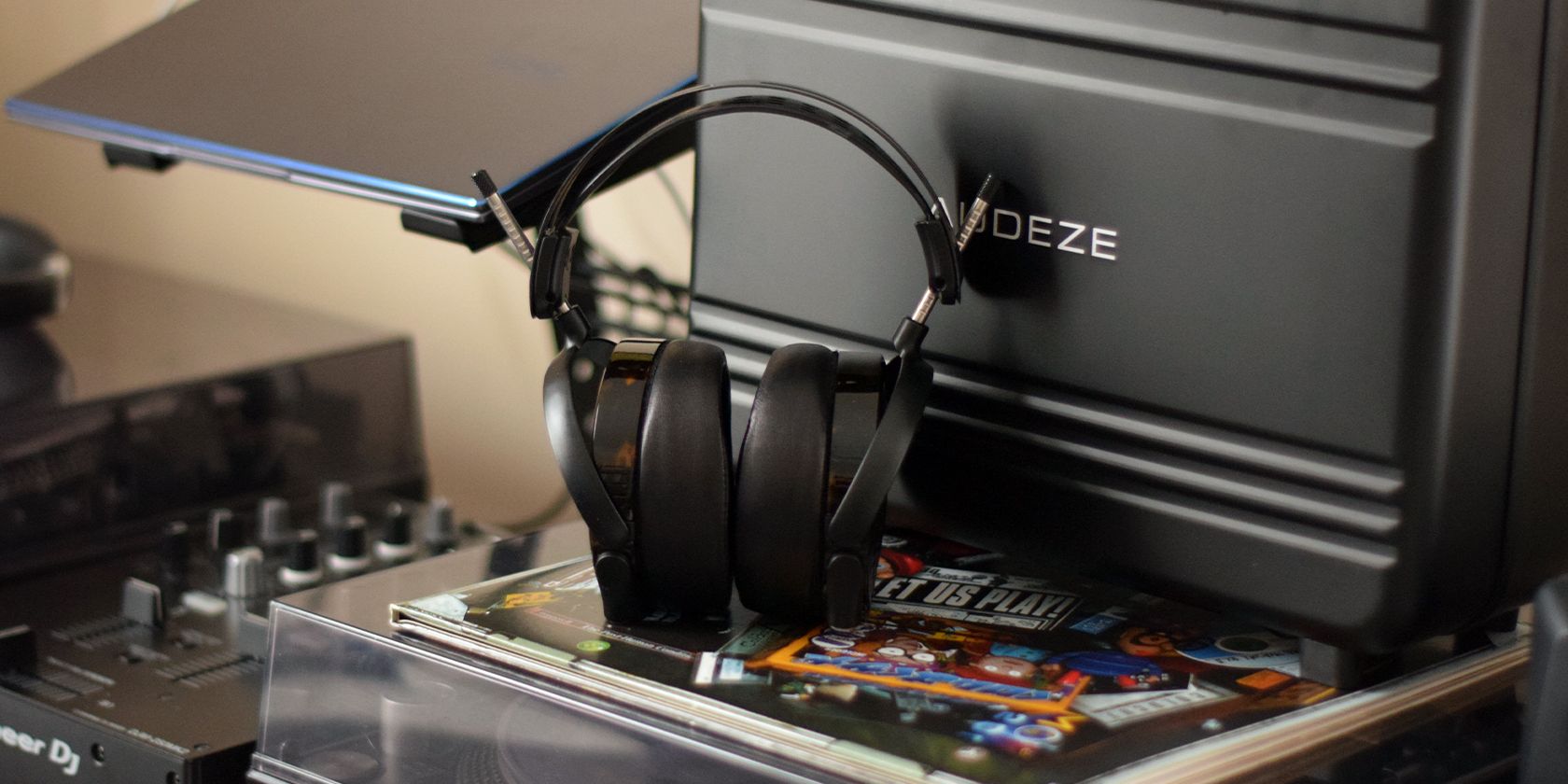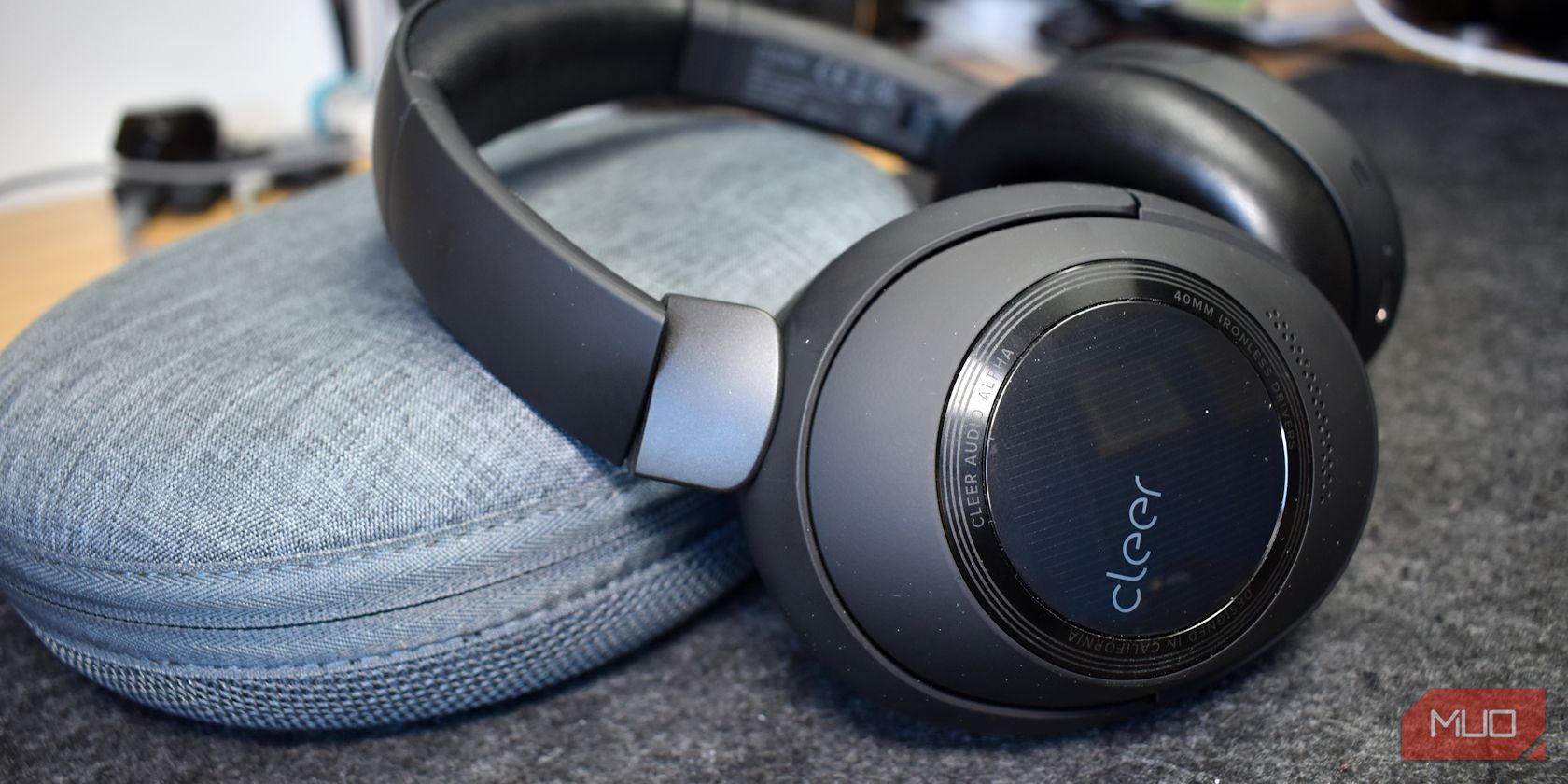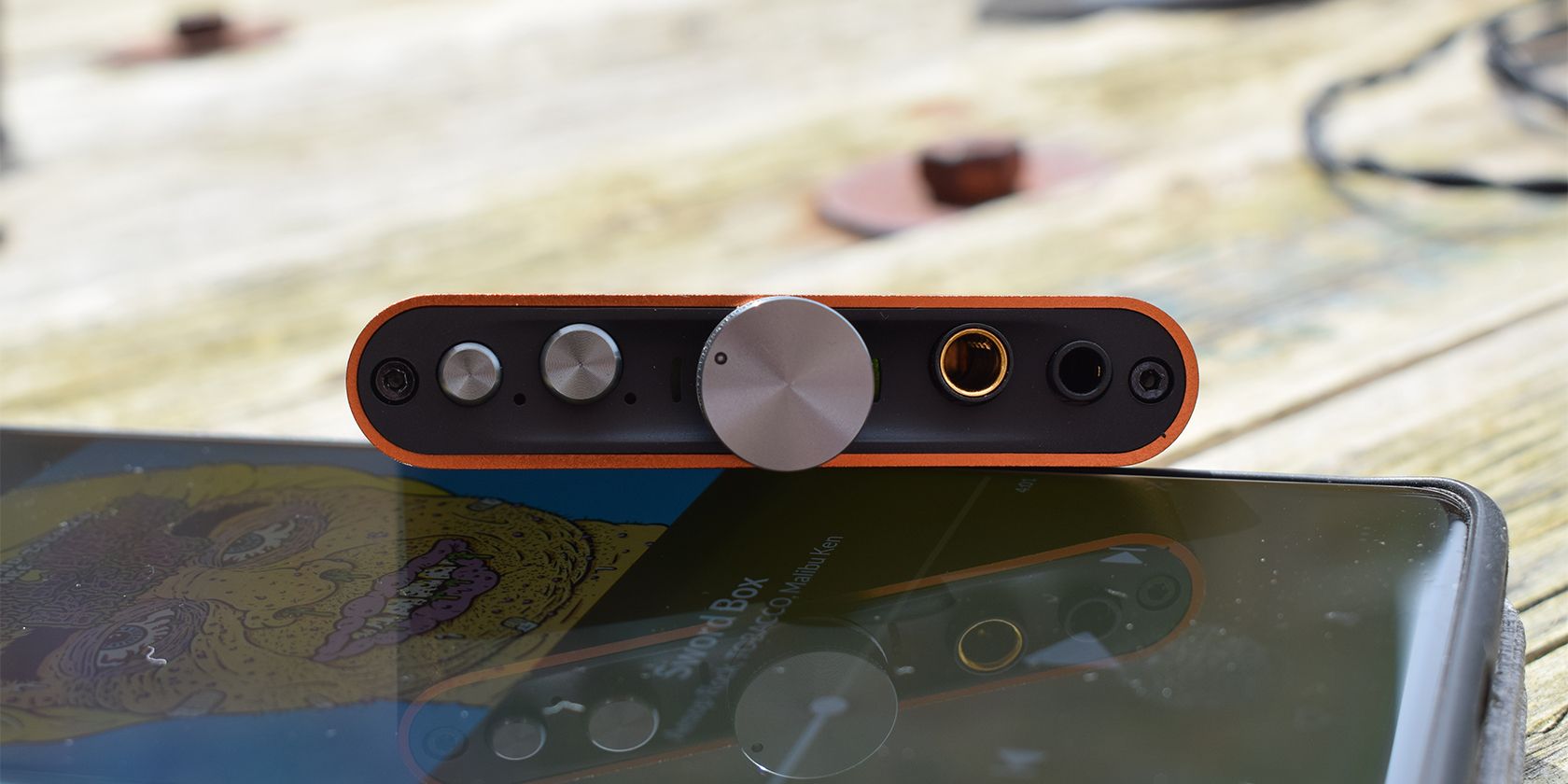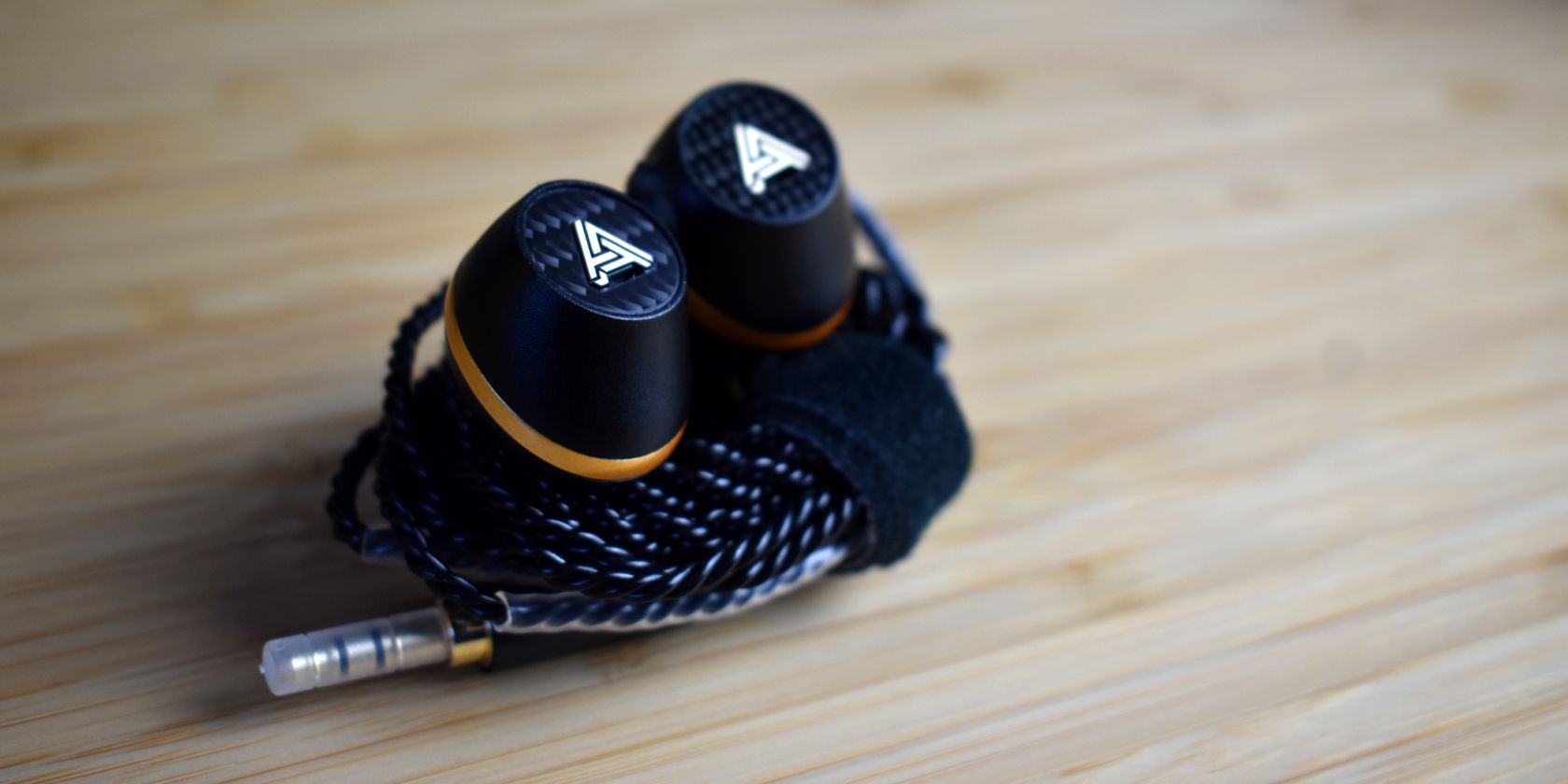Key Takeaways
- Planar magnetic headphones offer extremely accurate audio reproduction with detailed and accurate sound across the frequency spectrum.
- Dynamic headphones, while less precise, can still produce outstanding sound with impactful bass and a lush midrange.
- Planar magnetic headphones require more power and tend to be larger and heavier, but advancements in comfort have made them more suitable for long listening sessions. Dynamic headphones are more portable and comfortable for extended use.
The headphone world is deeply divided between two driver technologies: planar magnetic and dynamic. Both can produce excellent sound, but they do so in very different ways. So, which type sounds better and is right for you?
How Planar Magnetic Headphones Work
First, let's look at the technology powering each type of headphone driver.
Planar magnetic headphones use a thin diaphragm with an embedded conductive layer with a back-and-forth pattern (like the voice coil in a dynamic driver). This diaphragm is suspended between two powerful neodymium magnets, one on each side. The electrical audio signal flows through the conductive layer on the diaphragm. Interacting with the magnetic field creates magnetic forces that cause the diaphragm to move back and forth and produce sound waves.
This planar magnetic driver gives more control over the diaphragm movement across the entire surface than traditional dynamic drivers. This helps planar headphones produce detailed and accurate sound across the frequency spectrum.
How Dynamic Headphones Work
In contrast, dynamic headphones use a thicker conical diaphragm attached to a voice coil wound around the former. This voice coil and diaphragm assembly is suspended within a magnetic field created by a permanent magnet. When an audio signal flows through the voice coil, it creates an electromagnetic field that reacts to the magnet and causes the coil and attached diaphragm to move back and forth, producing sound.
Unlike the flat planar diaphragm, the conical shape and materials used in dynamics are less rigid and precise in their movement. This can potentially limit sohe audio fidelity compared to planar magnetic models. However, dynamic technology is far simpler and less expensive to manufacture at scale.
However, although we're comparing dynamic and planar magnetic headphones, there are many other types of headphone drivers, all of which affect sound quality differently.
Planar Magnetic vs. Dynamic: Comparing Sound Quality
When it comes to sound reproduction, planar magnetic headphones are legendary for their ability to produce extremely accurate audio across the entire frequency range. Their thin diaphragm reacts lightning-fast to even subtle details in the music. The result an is incredible extension into the sub-bass region with tight, textured low frequencies rather than boomy bass. Mids and highs are revealing yet smooth, with lifelike vocals and sparkling highs.
For example, the Audeze LCD-5 offers some of the flattest and most linear frequency response on the market. Many audiophiles consider its reference-level midrange and treble detailibe unmatched by any dynamic headphone, backed up in our Audeze LCD-5 review.
That said, well-engineered dynamic headphones can also produce outstanding sound. Models like the Sennheiser HD650 leverage decades of acoustic research to deliver smooth, enjoyable sound for long listening sessions. While they can't match the low-frequency extension down to 10Hz that some planar models achieve, they still provide impactful bass and a lush midrange. They may lack some detail and airiness compared to planar magnetic headphones, but the overall listening experience is still superb.
When it comes to soundstage, planar magnetic headphones tend to have an advantage. Their open-back designs and precision diaphragms give a more spacious, 3D audio presentation. This allows for better instrument separation and immersion in the mix compared to most closed-back dynamic options.
Planar Magnetic Power Requirements
Planar magnetic headphones often require more powthan to dynamic headphones due to their design. While dynamic headphones can typically be driven effectively by devices with low output, like smartphones or MP3 players, planar magnetic models may demand additional amplification to reach their full potential.
The large diaphragm in planar magnetic headphones needs a stronger current to achieve precise movements, which means for optimal performance (especially at higher volumes), many planar magnetic headphones benefit from dedicated headphone amplifiers. You'll have to check the headphone's impedance and sensitivity ratings to gauge specific power needs.
That said, you can often run planar magnetic headphones and IEMs using a regular audio output—they'll just sound better when given more power to work the larger magnets.
Planar Magnetic vs. Dynamic: Comfort Comparison
Due to their powerful magnets and open-back design, some planar magnetic headphones are large and heavy. For example, the Hifiman Susvara weighs over a pound. This can make them uncomfortable for long listening sessions compared to more compact and lighter dynamic headphones.
However, some planar magnetic models like the Dan Clark Audio AEON 2 offer specially engineered materials and headband suspension systems to offset their size. Memory foam earpads that mold around the ear also prevent hotspots and listening fatigue. Overall, planar magnetic headphones are much more comfortable now versus earlier generation options, even for hours-long critical listening.
You can also pick up planar magnetic IEMs. For example, our review of the Audeze Euclid IEMs found that you still get an incredible range of sound from a set of planar magnetics packed into a tiny package.
In contrast, smaller dynamic headphones can be worn comfortably for an entire workday. Their closed-back design also prevents sound from leaking out, making them suitable for use in public. However, some listeners may experience ear fatigue faster with closed dynamic headphones versus open-back planar magnetic models that allow more airflow.
Do Planar Magnetic or Dynamic Headphones Cost More?
There is a significant price gap between planar magnetic and comparable dynamic headphones. Due to their magnet arrays, open-back design, and precision drivers, most quality planar magnetic headphones cost $500 to several thousand dollars. The Abyss Diana Phi and Hifiman Susvara are both around $6,000, which is out of range for most folks.
Conversely, most flagship dynamic headphones top out below $2,000. Popular high-end models like the Focal Utopia and Dan Clark Audio Aeon Noire cost around $1,000-1,500. Audiophile dynamic models can still reach lofty prices but are nowhere near their planar magnetic counterparts.
The price gap narrows a bit when looking at mid-range options. Planar models from companies like Monoprice, Hifiman, Edifier, and Audeze drop as low as $150-400. This pits them against stalwart dynamic models like the Sennheiser HD600 and Beyerdynamic DT1990. But you are still getting more advanced technology for the money with planar magnetic headphones in this bracket.
Planar Magnetic vs. Dynamic: Which Should You Choose?
With such different technology and pricing, which is the right headphone type for you? Here are a few key factors to consider:
- If you prioritize sound quality over all else, planar magnetic headphones are the summit. Their unmatched frequency extension, detail, and soundstage create the most lifelike listening experience.
- If you do a lot of critical listening at home and want reference-level headphones, planar magnetic is ideal.
- Dynamic headphones make more sense if you value portability, compact size, and a closed-back design for travel or office use. Their smaller size and closed earcups are more discreet and isolate noise better.
- If you want great sound at a more affordable budget below $500, high-performing dynamic headphones give you excellent quality for the money.
There's no universally superior technology. It comes down to your budget, preferred sound signature, and use cases. But with their cutting-edge drivers, planar magnetic headphones represent the pinnacle of headphone audio—if you can afford entry into the elite tier they occupy.
Just remember to be gentle with your planar magnetic headphones. They're more fragile than a regular set of dynamic headphones!

